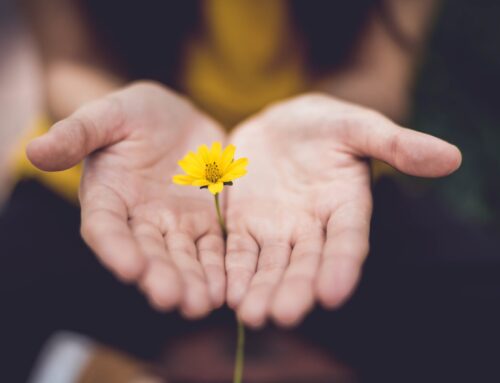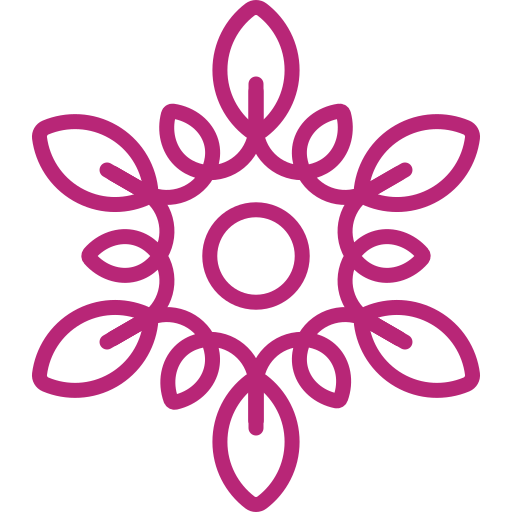[et_pb_section admin_label=”section”][et_pb_row admin_label=”row”][et_pb_column type=”1_3″][/et_pb_column][et_pb_column type=”2_3″][et_pb_text admin_label=”Text” background_layout=”light” text_orientation=”left” use_border_color=”off” border_color=”#ffffff” border_style=”solid”]
Cow Dung and Goat Yoga
By Christa Heibel
Anyone who knows me knows I am not a writer. I spent most of my business career looking for resources in my consulting business to help me edit and I rewrite myself. However, a recent return from my first trip to India has completely relaunched me back to the importance of bringing the traditional practice of yoga philosophy to my American friends.
I am a typical type A: very busy, stressed, over-committed, internally insecure, worried, optimistic adventurer, friend, lover, business owner and woman. India, in all of her complex beauty, showed me a deeper level of the yoga philosophy that can truly help us navigate our sometimes rough, challenging, messy and beautiful lives. Somehow in the streets of Rishikesh amongst the ever-present sacred cows and streets of cow dung, I clearly saw how we need more of THIS in our life.
I originally fell in love with the Himalayan tradition of yoga nine years ago when I did my yoga teacher training. I will never forget the day I was introduced to the Eight Limbs of Ashtanga and had my little American yogi mind blown by the fact that yoga was not just about a rolled out plastic mat and a bunch of poses to make me look better in my yoga pants! What was laid out for me was a simple yet complex, brilliant and practical practice for mind, body and spirit. What bloomed before me was a whole philosophy and plan to help us live with more grace, strength, balance and kindness, and I have been committed to sharing it in its fullness since I started teaching.
In India, I got the opportunity to witness this type of practice in living action and how the philosophy integrated into a culture in a larger way. A beautiful calm beneath the chaos of an overpopulated country. An expression of respect of daily spirituality and faith despite individual differences. Acceptance and openness to where one is, versus constant Western judgment and comparison.
I saw Namaste in action.
As I returned to my American studio, where I get the unbelievably inspiring opportunity to train teachers and share this practice with students every day, I arrived committed to holding steadfast to sharing the traditional Himalayan practice of yoga and its philosophy. I found beautiful tradition, answers and an invitation to the vibration of loving kindness in the cow dung in the streets of India, rather than in the western variations of yoga that seem to be invented anew every day.
Your yoga practice might include drinking a beer with a goat, or a beer or marijuana, and that is ok – it is great you have a practice and found your way to the mat (literally and figuratively). But at some point, I hope you will get curious. Don’t get lost in the maze of all of the western yoga options that exist, but rather invite yourself into a deeper curiosity and exploration of all eight limbs of this beautiful practice in order to fully understand the broader philosophy that may just change your life. Get curious about the yamas and niyamas that provide us a beautiful ethical system, being silent with your breath in meditation, how we can relax body and mind for greater connectivity and clarity, and how to explore better connection to your core of loving kindness.
Replenish means to “to fill up again,” or “to restore to its original/previous condition.” Alternatively, from late Middle English, “to supply abundantly.” This practice in its complete traditional format as an invitation to replenish all parts of ourselves.
[/et_pb_text][/et_pb_column][/et_pb_row][/et_pb_section]







